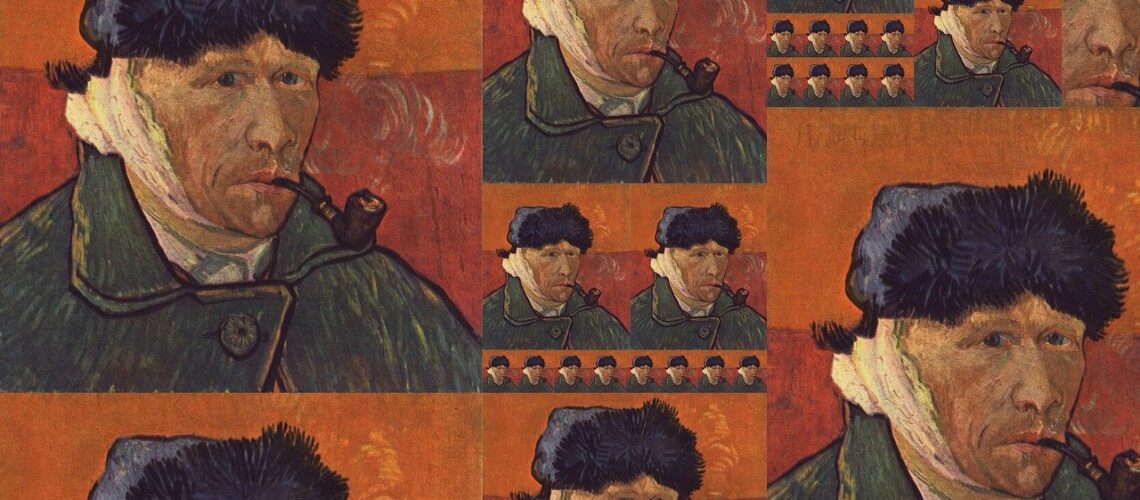The Value of Artists: Heath Ledger, Vincent van Gogh, and the Struggles Within the Arts Community
January 2, 2025

Art has always been a powerful medium for expression, allowing individuals to convey their innermost thoughts, feelings, and experiences. Throughout history, artists like Heath Ledger and Vincent van Gogh have left a profound impact on the world, not just through their works but also through their personal struggles with mental health and addiction. Their lives remind us of the complexities and vulnerabilities often inherent in the artistic journey, especially for those who feel out of sync with society.
Heath Ledger was an exceptionally talented actor whose performances captivated audiences worldwide. From his early roles in films like “10 Things I Hate About You” to his iconic portrayal of the Joker in “The Dark Knight,” Ledger’s ability to dive deeply into his characters was unparalleled. However, beneath the glitz and glamour of Hollywood, Ledger battled mental health issues and substance abuse. His tragic death in 2008 brought attention to the pressures that artists face, highlighting the darker side of fame and the toll it can take on mental well-being.
Ledger’s story resonates with many in the arts community, where the pressure to succeed can lead individuals to unhealthy coping mechanisms. His commitment to portraying complex characters often meant immersing himself in their struggles, which may have blurred the lines between his reality and the roles he played. This phenomenon is not unique to Ledger; it is a common thread among many artists who give so much of themselves to their craft.
The Tragedy of Vincent Van Gogh
Vincent van Gogh, one of the most celebrated painters in history, is another example of an artist whose life was marked by turmoil. Despite creating masterpieces like “Starry Night” and “Sunflowers,” van Gogh struggled with severe mental illness, including depression and psychosis. His turbulent life was characterized by feelings of isolation and a constant search for belonging, which ultimately led to his tragic demise.
Van Gogh’s art was deeply influenced by his emotional state, capturing the beauty and agony of life in vibrant colors and dynamic brushstrokes. His experiences resonate with many artists today who grapple with similar feelings of not fitting in. The arts community has long been a refuge for those who feel marginalized, yet it can also amplify the loneliness and pain associated with mental health struggles.
The correlation between mental illness and addiction in the arts community is significant and multifaceted. Many artists find solace in their work, using it as an outlet for their emotions. However, the very act of creation can also serve as a double edged sword while it provides a means of expression, it can also evoke intense feelings of vulnerability and self-doubt.
The stigma surrounding mental health often prevents artists from seeking help, leading them to self-medicate through substances. This cycle of addiction and creative expression can trap artists in a vicious loop, where their struggles fuel their creativity, but also hinder their overall well-being. The tragic stories of artists like Ledger and van Gogh serve as reminders of the importance of mental health awareness and the need for supportive communities.
In light of these challenges, it is crucial for the arts community to foster an environment of understanding and support. Encouraging open conversations about mental health can help break down the stigma that often surrounds it. By creating safe spaces for artists to share their experiences and struggles, we can promote healing and connection.
Additionally, providing access to mental health resources and support systems can empower artists to seek help when needed. Organizations dedicated to mental health awareness in the arts can play a pivotal role in advocating for change and supporting individuals facing similar challenges.
The contributions of artists like Heath Ledger and Vincent van Gogh extend far beyond their remarkable works; they remind us of the complex relationship between creativity, mental health, and the struggles of feeling different in a world that often values conformity. By acknowledging these challenges and fostering a supportive community, we can honor their legacies while paving the way for a healthier, more inclusive arts environment. Artists are not just creators; they are individuals navigating the complexities of life, deserving of compassion, understanding, and support.
Love y’all,
Crb3